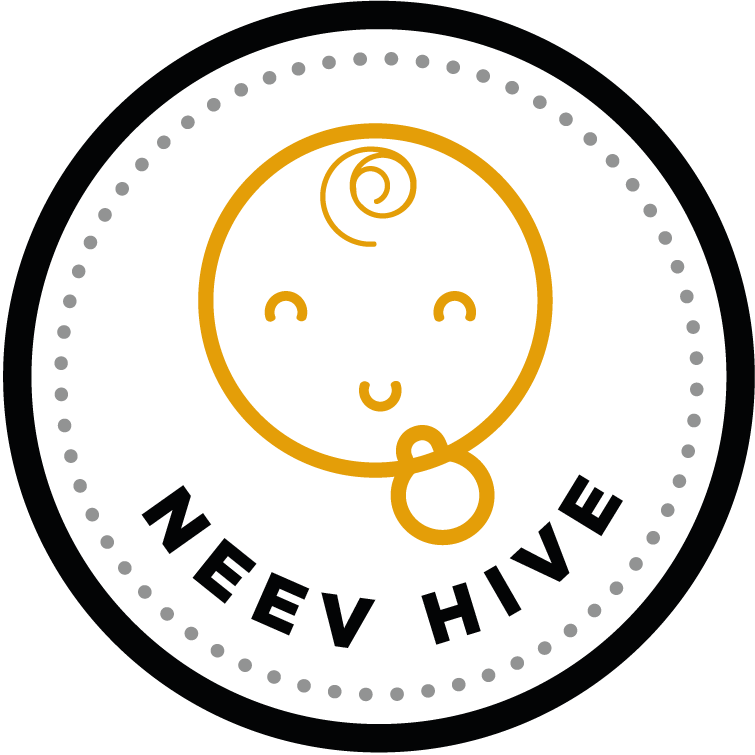The day you bring your baby home it is most likely you have everything ready for them, a safe place to sleep, feeding paraphernalia, blankets, nappies but the one thing that is always missing is the how to manual! If only there was such a thing, handed out to us just before the baby is born. Even with my long career in childcare the day I brought my twins home I could have done with a user guide. So I may not be able to help you with all aspects of babies but I can help you with their sleep. Below you will find my top tips on how to get a great start on your little ones sleep. The smallest steps can have the biggest impact and it is never too late to put these steps into place
Sleep Environment
- Research shows a CONSISTENT and RELAXING environment helps babies to sleep better.
- Using the same sleep space each time has shown to improve sleep.
- Their sleep environment should be conducive to sleep.
Safe Sleep
- Always place baby on their backs for every sleep
- For the first 6 months have baby sleep in a cot/moses basket in the same room as you.
- Keep the room temperature between 16 and 20 degrees
- Dress accordingly
- Keep cots free of toys, bumpers and loose bedding
- Dummies in the first 6 months have been proven to help reduce SIDS
- If you choose to co sleep then follow the guidelines and be aware of the circumstances that can be dangerous.
Implement a Routine
- Routine acts as a cue and creates rhythmicity
- Start a simple routine at 6- 8 weeks old but it can be as early as 2-3 weeks.
- A routine will help your little one fall asleep faster and stay asleep longer
- Allow 30 – 40 minutes for the bedtime routine, it will need to be shorter for younger babies.
- The same steps in the same order every night.
- Follow a similar routine for naps, just on a shorter time frame.
Self-settling
- Self settling is a learnt skill
- This can make parents feel that they just have a ‘bad sleeper’ – not true
- We need to help and guide them to learn this skill.
- It is a skill that can be learnt, lost and re learnt.
- They need our help to learn this skill and this can be done in a supportive, gentle and responsive way.
Overtiredness & wakeful windows
- Overtiredness is the cause of most sleep issues.
- Look out for cues – rubbing eyes or ears, grouchy etc but don’t rely on them, signs mean you are getting close to being overtired.
- Naps are extremely important until age 3-4 years old
- Short on daytime sleep = harder time at night
Sleep shaping & sleep training
- Sleep training is unlikely to be effective under 18 weeks of age.
- Sleep shaping can start from birth.
- Set up consistent rhythms and cues for your baby, give them some exposure to sleep habits and environments.
- Practice putting baby down when they are drowsy and not yet asleep.
- Reassurance lets the baby know you are there and will always return.
- Use soothing techniques such as shhing, stroking and patting to help them back to sleep.
- Practice pick up put down or wake and sleep – both are very responsive to your baby’s needs but gives them a chance to practice self-settling. Suitable up to 4-6 months.


